It is crucial to fully understand the potential side effects, including the infamous “botox side effects,” before making a decision. This article provides a comprehensive overview of both common and rare botox side effects, ranging from minor discomfort to significant health concerns. Being well-informed about these effects and the factors that increase their likelihood is critical for anyone considering botox treatments.
Botox Side Effects - Key Takeaways
- Botox is used for cosmetic purposes, like reducing facial wrinkles, and therapeutic applications, such as treating chronic migraines. Still, it carries potential, though rare, side effects ranging from mild, like bruising, to severe, such as muscle weakness or allergic reactions.
- The risk of Botox side effects is influenced by factors like dosage, injection technique, and individual response, which include genetics and overall health status, while proper administration and dosage help mitigate these risks.
- Alternatives to Botox for cosmetic enhancements include dermal fillers, Dysport, Xeomin, micro-needling, laser skin resurfacing, and natural remedies, with consideration for safety precautions in specific individuals such as those who are pregnant, breastfeeding, have allergies, or have certain medical conditions.
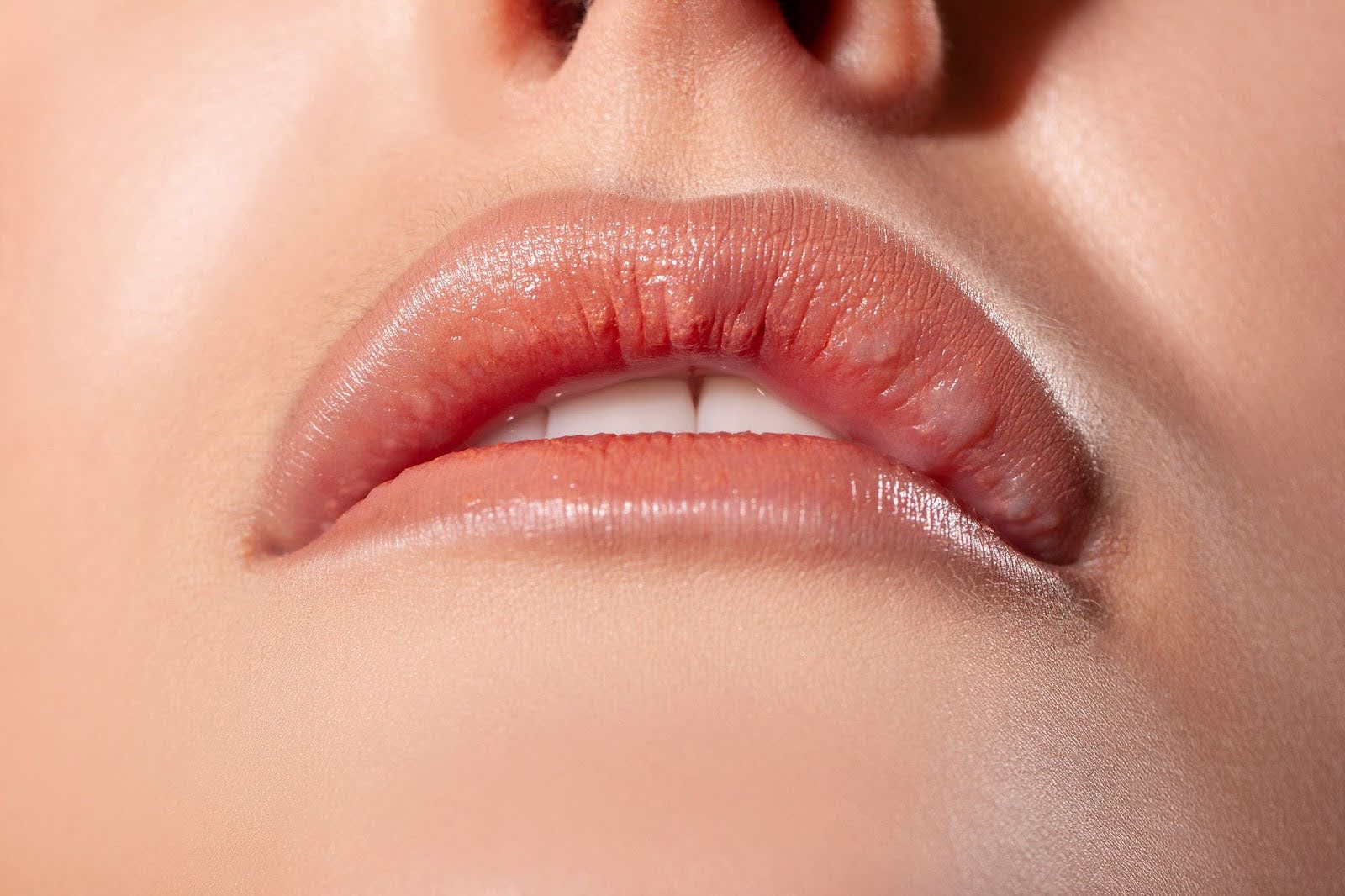
Understanding Botox and Its Uses
Injected as a prescription medication by qualified health professionals, botulinum toxin (Botox) is recognized for its ability to relax muscles and give faces an improved look with reduced wrinkles. Botox consists of onabotulinumtoxinA, part of the group known as botulinum toxins. Different from each other in potency when mixed up, there are also distinct applications endorsed by the FDA. Botox Cosmetic serves cosmetic purposes. At the same time, plain-named Botox has therapeutic uses such as averting migraine headaches. The effects commonly remain about three to four months, depending on the purpose for which it is utilized. Usually, signs take place within one or two days after receiving Botox Cosmetic injections.
Cosmetic Applications
Botox works by blocking nerve signals, which helps reduce dynamic wrinkles that are caused due to muscle movement. Common areas in the face where this treatment is applied include forehead lines, frown lines underneath the eye area, smokers’ lines around crow’s feet, marionette, and corner of mouth regions. Interestingly, intradermal botulinum toxin injections provide comparable wrinkle-prevention results with minimal chances of eyebrow ptosis or heaviness compared to intramuscular injection techniques.
Medical Applications
When it comes to chronic migraine relief, Botox has emerged as a game-changer and an unexpected bonus in the world of cosmetics. Once it infiltrates the nerve endings, Botox effectively blocks the chemicals that transmit pain signals. This is accomplished by injecting 31 doses, totaling 155 units, into seven specific muscles in the head and neck region. A significant number of users have reported a marked decrease in headache frequency and symptoms related to overactive bladder syndrome (OAB) after undergoing several Botox treatment sessions.
Potential Side Effects of Botox Injections
Studies are being conducted to analyze the potential risks of Botox treatments in detail and provide guidance on prevention methods. Elevated risk is seen with therapeutic applications as compared to cosmetic ones, with a 33 times greater incidence of severe side effects. Mild or transient symptoms may also arise but vary from individual to individual based on factors such as procedure specifics.
Clinical trials play an integral role in determining what measures should be taken if any untoward occurrences result from undergoing a Botox treatment.
Mild Side Effects
At the spot of an injection, mild side effects from Botox can manifest as bruising and swelling along with localized pain. These reactions are usually harmless and often go away without treatment within a few days to weeks following administration. It is believed that these symptoms may result from minor breaks in blood vessels while carrying out the procedure. Bruising is a more common side effect due to the amount of blood vessels in the face.
Severe Side Effects
Botox injections can sometimes lead to adverse reactions ranging from light side effects to more serious ones such as difficulty swallowing or allergic reactions. In rare cases, the systemic spread of toxin resulting in botulism and larger doses injected into cervical structures may cause life-threatening symptoms like breathing difficulties, speaking troubles, or extreme muscle weakness. If any of these occur, immediate medical attention should be sought. Anybody getting Botox treatment must also take care not to ignore milder warning signs, including fatigue, nausea, and skin rashes, which might indicate less severe but still concerning aftereffects.
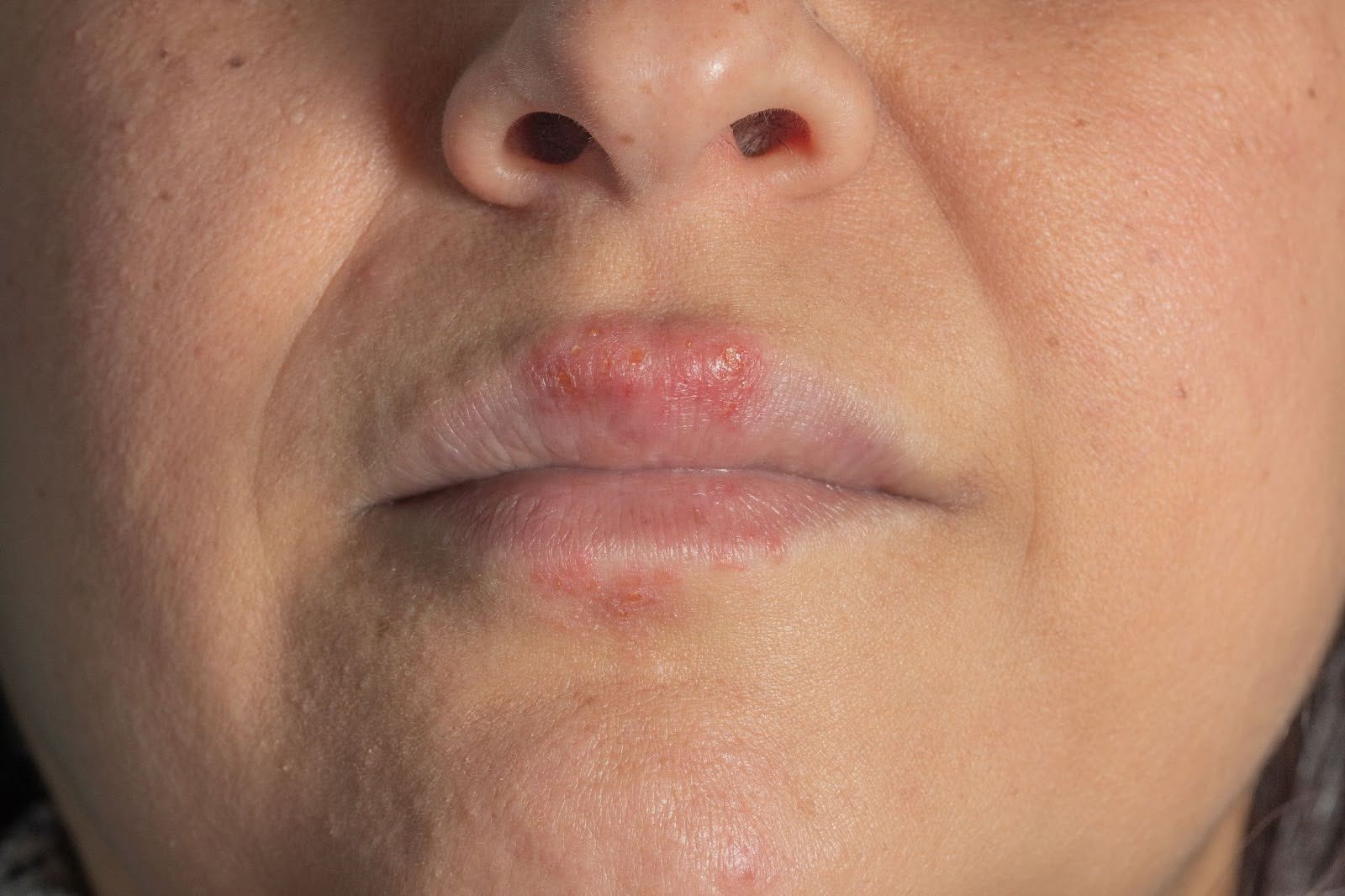
Factors Influencing Botox Side Effects
Knowing the different factors that can cause side effects while using Botox is essential. It helps to prevent and manage them in a better way. When administering botulinum toxin, it is necessary to use precise injection techniques to avoid any complications—also, avoiding facial plastic surgery procedures before the treatment is best. The dosage should be tailored to the individual’s requirements to reduce the chances of any adverse effects. Considering individual responses before starting the treatment with this powerful neuromodulator is always recommended.
Dosage
When prescribing Botox, healthcare professionals must consider various factors such as muscle size and strength to ensure that an appropriate dosage is provided, which can help reduce the risk of potential side effects. The area being treated also plays a crucial role in deciding how much should be used for optimal results. Age, gender, or smoking status will only have minimal effect on dose accuracy. Sun exposure may impact the length of time before any Treatment would need to occur.
Injection Technique
If you are considering getting botulinum toxin injections, it is crucial to choose a practitioner who knows how to inject it properly. This can reduce any side effects you might experience. For safety, injections should be given outside the “orbital zone.” If injections need to be given near that area, it is essential to keep a safe distance to reduce the chances of complications. To ensure the injection does not cause any problems around the eyes, the practitioner should use their fingers to isolate the injection spot and keep it away from the eyes.
Individual Reactions
Individuals can react differently to Botox injections, leading to a variety of effects and outcomes. Variations in genetic makeup may influence these reactions via factors like how sensitive the skin is, toxin receptor densities, collagen formation, and metabolism genes are also involved. Body chemistry can impact the side effects as well. Finally, an individual’s general health state affects Botox results, too.
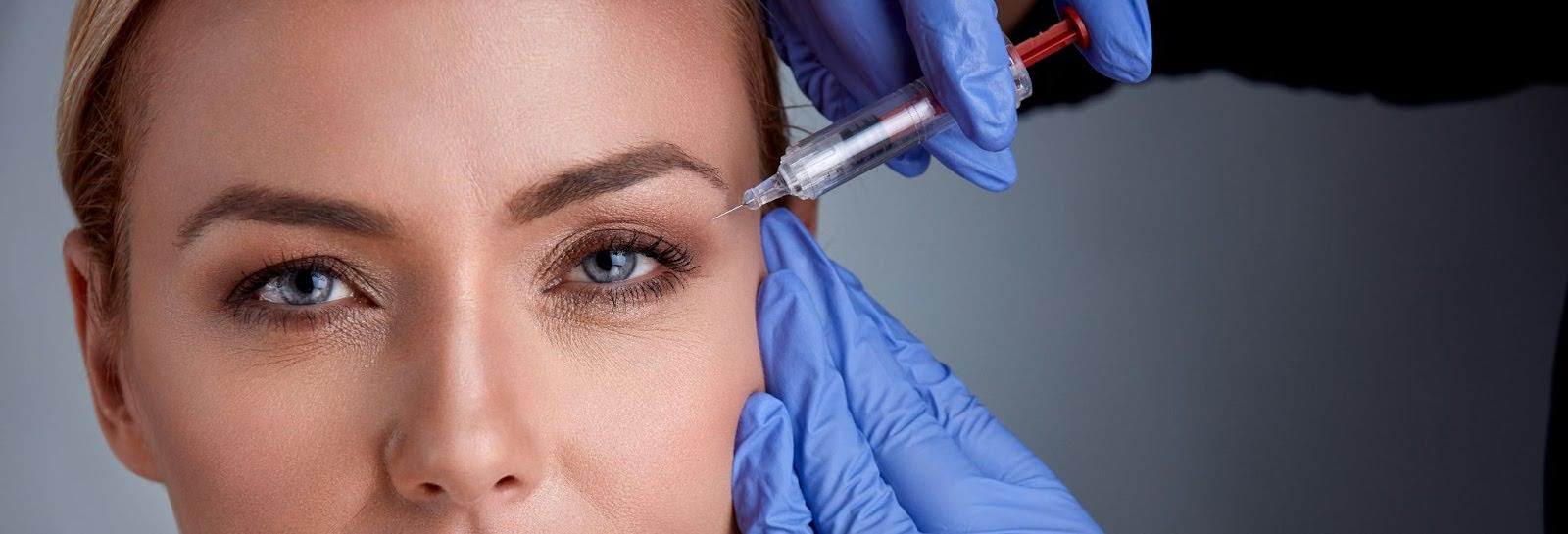
Preventing and Managing Botox Side Effects
To adequately be protected from possible side effects associated with Botox, finding a qualified healthcare professional who can administer the treatment is essential. Following care instructions and looking out for any adverse reactions must be done.
One way of ensuring safety is by researching providers to ensure they possess appropriate credentials for administering injections like Botox.
Following Post-Treatment Care Instructions
Following Botox injections, it is essential not to rub or massage the injected area for 4 hours and refrain from strenuous exercise, alcohol consumption, as well as nicotine use for 24 hours. Skin hydration and sun protection should be carefully maintained to prevent any side effects that may occur post-treatment.
Monitoring and Reporting Side Effects
It is of utmost importance to closely observe for any undesirable effects so that immediate steps can be taken, guaranteeing safety and the best possible therapeutic outcome. If you experience potentially serious complications such as dysphagia (difficulty swallowing), weak muscles, hoarseness, drooping eyelids, sight issues, or severe eye discomfort, plus loss of bladder control with difficulty breathing/speaking/swallowing, notify your healthcare provider at once.
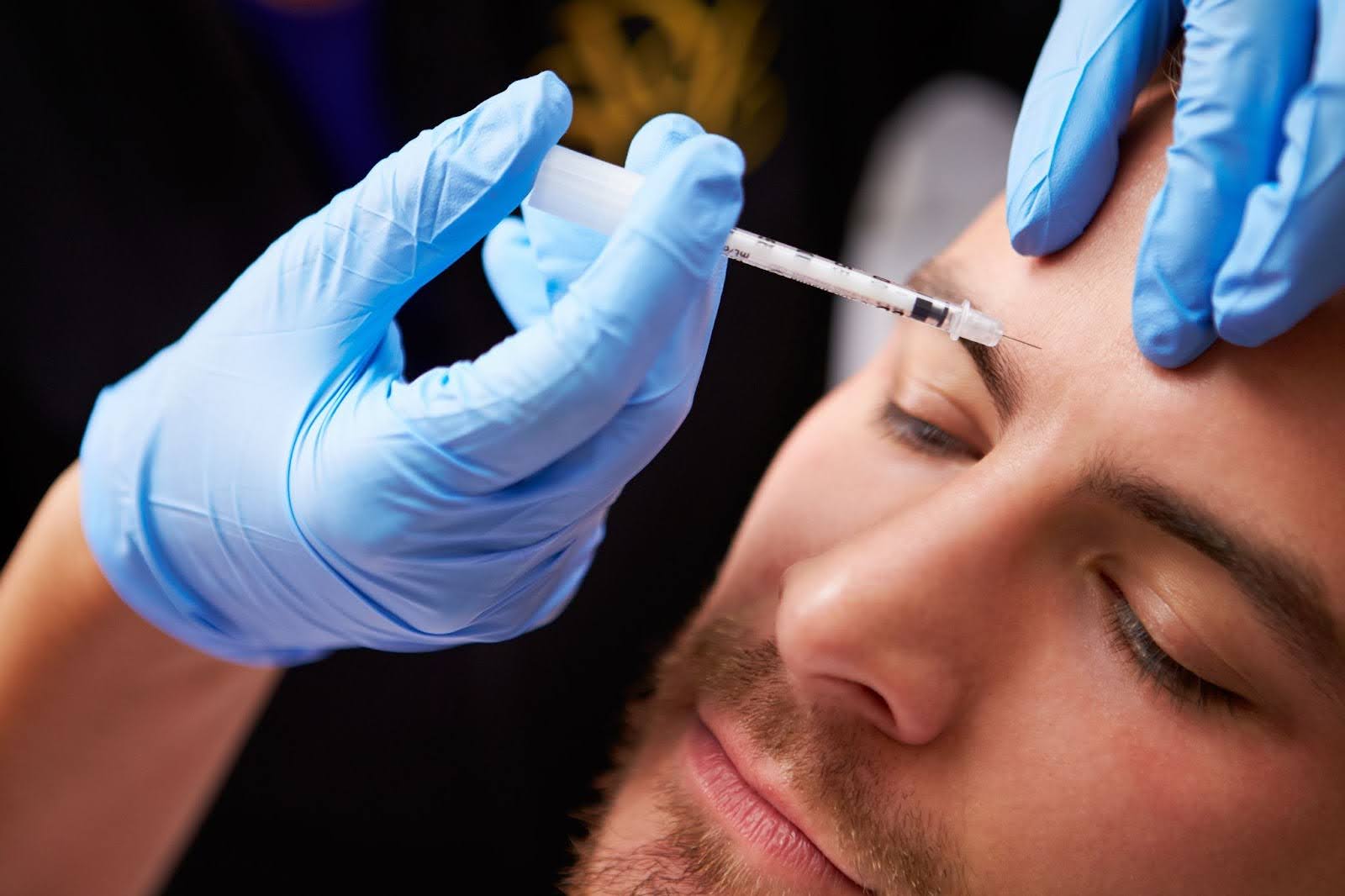
Cosmetic Botox Alternatives: Other Treatment Options
For those unable to use Botox or choose not to have it, there are several alternative treatments for reducing wrinkles and rejuvenating skin. These alternatives may include dermal fillers, Dysport or Xeomin injections, microneedling, laser resurfacing, and natural remedies.
Dermal Fillers
By injecting a gel-like substance into the skin, dermal fillers help improve wrinkles and reduce lines to give an enhanced look. It fills out creases, ironing over them and bringing back volume for a more refined appearance.
Dysport
Dysport and Botox are cosmetic treatments that can help to reduce wrinkles and facial lines, resulting in a younger appearance. Dysport typically shows faster results than Botox, sometimes within two days after use. However, Botox generally lasts longer before requiring another treatment. Both are excellent options for people who want to improve their appearance, but the best choice depends on individual needs and desired results.
Microneedling
Microneedling is a minimally invasive technique that encourages collagen production, improving skin tone and diminishing wrinkles. This method boosts complexion and texture while minimizing marks from stretchmarks to scars and any other type of dermatological issue.
Laser Skin Resurfacing
Through laser skin resurfacing, slight facial imperfections can be improved, and a more youthful look can be achieved. In this cosmetic procedure, the top layers of your epidermis are precisely eliminated using a high-powered beam, encouraging the growth of new cells and increasing collagen production – resulting in enhanced texture for your complexion.
The advantages of this process include that it is both precise and stimulating, providing you with visibly better results than many other techniques available today!
Natural Remedies
For those who want to go the natural route, topical antioxidants and facial exercises can give you healthier skin with fewer wrinkles. Such compounds have anti-inflammatory effects, reduce itchiness, act as antioxidants to neutralize free radicals that cause damage on a cellular level, and help improve the overall well-being of your skin.

Safety Precautions and Contraindications
Healthcare providers suggest postponing Botox treatments until after giving birth, as pregnancy and breastfeeding may render the treatment unsuitable. Individuals who suffer from allergies or have certain medical conditions should be aware of potential contraindications to prevent unwanted reactions with Botox injection use.
Pregnancy and Breastfeeding
Botox injections should be avoided. Be avoided during pregnancy or breastfeeding due to possible risks for the baby, such as muscle weakness, blurred vision, and hoarseness. Other issues may include difficulty forming words and even potential congenital disabilities or miscarriages if high dosages are taken.
Allergies and Sensitivities
Individuals with allergies or sensitivities to any ingredients in Botox should stay away from the treatment, as an allergic reaction can manifest itself through symptoms such as redness, swelling and rashes of urticaria (hives), itching (pruritus), and rarely even anaphylaxis.
Medical Conditions and Medications
Before receiving Botox, it is important to have a conversation with your healthcare provider regarding both your medication history and the drugs you are taking. This includes medications for myasthenia gravis and specific antibiotics since they may create interactions that could impact treatment results or lead to neuromuscular blocking.
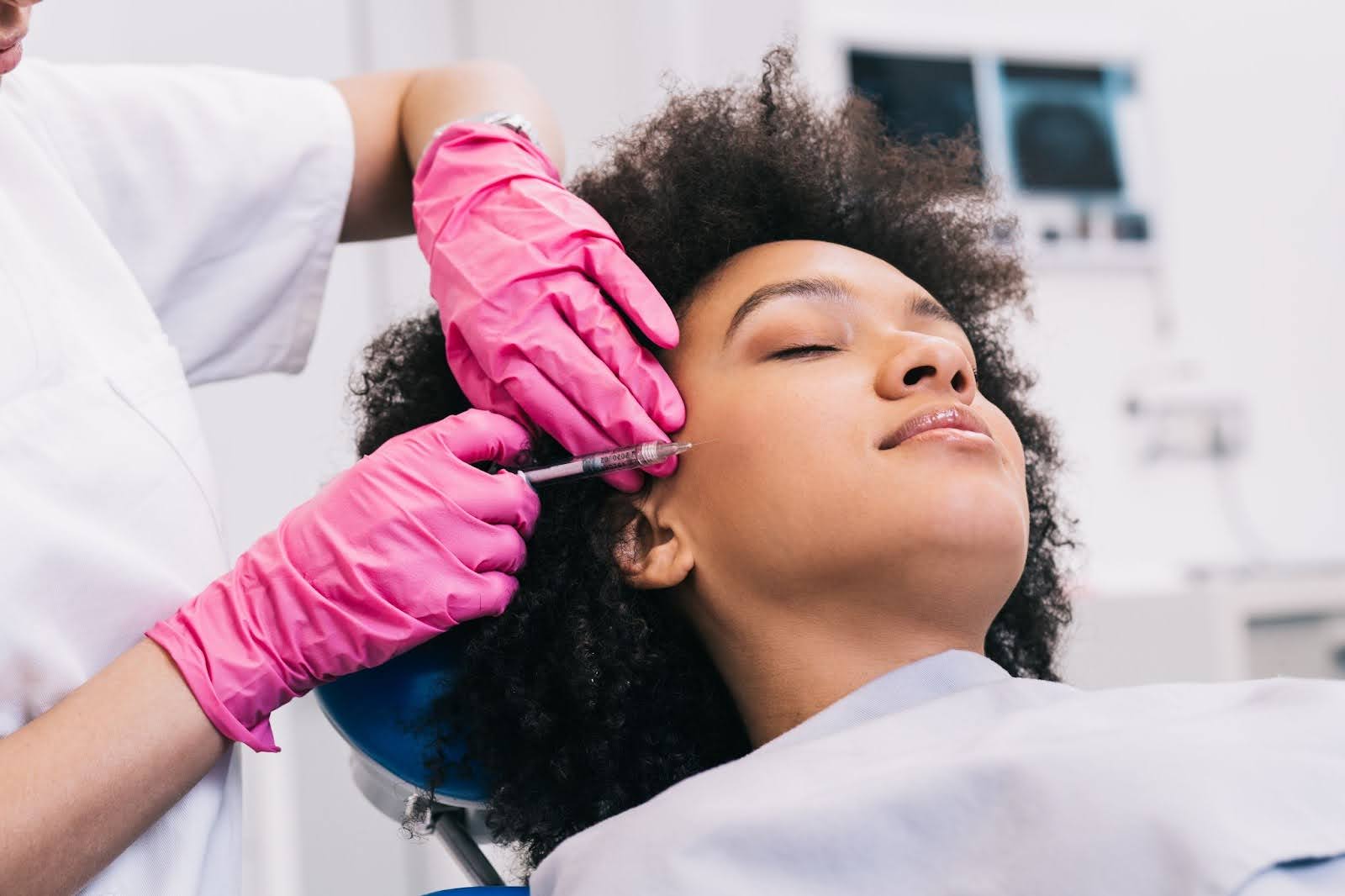
Choosing a Qualified Provider
Venice Avenue Dermatology provides Botox treatments with a patient-centric approach, certified by specialists like physicians, physician assistants, registered nurses, and certified aestheticians. Adhering to the standards set forth by the Food and Drug Administration for safe practices is integral in delivering optimal results while minimizing potential risks or side effects from treatment. Providers at this practice possess extensive knowledge of administering these injections accurately for effective outcomes each time they are performed.
Call Venice Avenue Dermatology
At Venice Avenue Dermatology, our team of experts understands each individual’s requirements when it comes to skincare. We strive for excellence in providing personalized services that meet every patient’s needs and expectations.
No matter what skincare option you have in mind, whether its Botox injections or an alternative treatment, we are here with the necessary support to ensure your journey succeeds! Do not hesitate – get started now by scheduling an appointment today.
Botox Side Effects: Summary
Botox is a complex decision, but the proper guidance can help you understand its risks and potential side effects. Talking with an experienced provider before treatment should always be done to meet one’s specific medical or cosmetic needs. Follow post-treatment care instructions, keep watch for any side effects, and consider alternatives if Botox does not fit your situation. At Venice Avenue Dermatology, we are dedicated to helping each individual on their journey toward beautiful skin health!
Frequently Asked Questions
A range of side effects can occur due to Botox, including soreness and inflammation in the area where it is injected, headaches, and symptoms that mirror those associated with the flu. Other common reactions may include nausea, temporarily sagging eyelids, or irritation around the eyes.
Regular and extensive use of Botox can cause muscular deterioration and weakness, though it is still beneficial in reducing lines and wrinkles on treated areas.
It is essential to consult a doctor about one’s medical history before thinking of Botox, as pregnant or lactating women should not have it, persons having an issue with the nervous system, and people allergic to bovine milk proteins. Anybody fitting into these criteria must forgo receiving this treatment.
Some patients describe that they feel weird after Botox due to potential side effects like flu-like symptoms and fatigue, which are caused by the body adjusting to the toxin. These symptoms typically lessen with subsequent treatments and self-care. Minor headaches are also common in the first 2 days after your first treatment.
Botox injections are a popular way to reduce wrinkles on the face. They can also treat certain medical conditions like migraines, excessive sweating, and bladder problems. However, the effects of the treatment typically last for only three to six months, so it needs to be repeated regularly to maintain the results.
For common Botox side effects like bruising or swelling, applying a cold pack can help. Over-the-counter pain relief can be used for headaches. If you experience more severe side effects, it’s crucial to contact your healthcare provider immediately.
The side effects of Botox are generally similar for both cosmetic and medical treatments. However, the risk may vary depending on the treatment area and the dosage used. Medical treatments often involve higher doses, which could potentially increase the risk of side effects.
